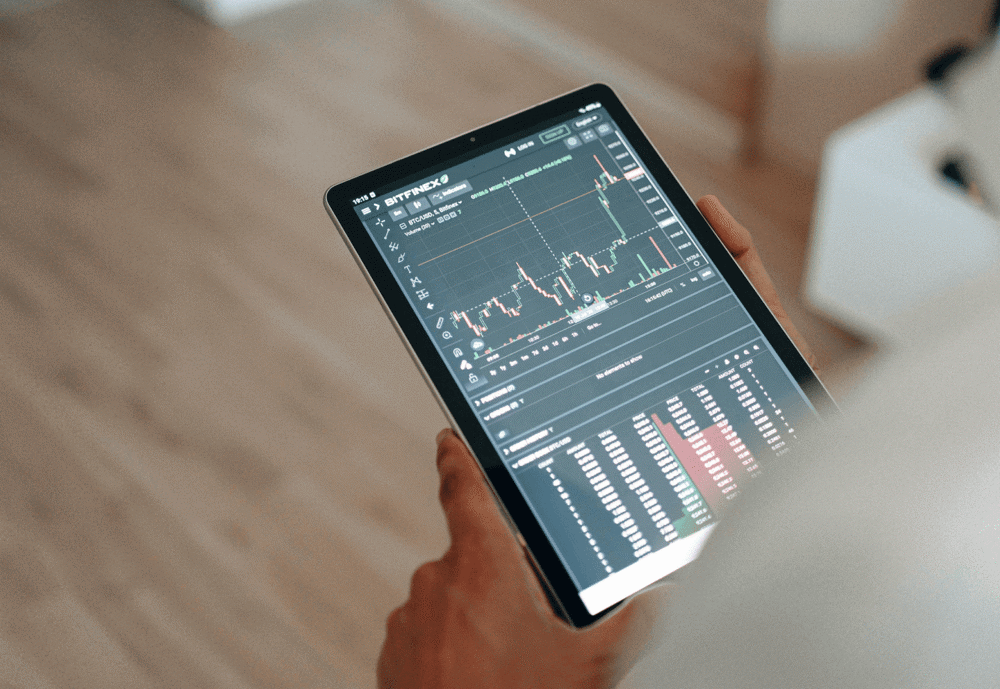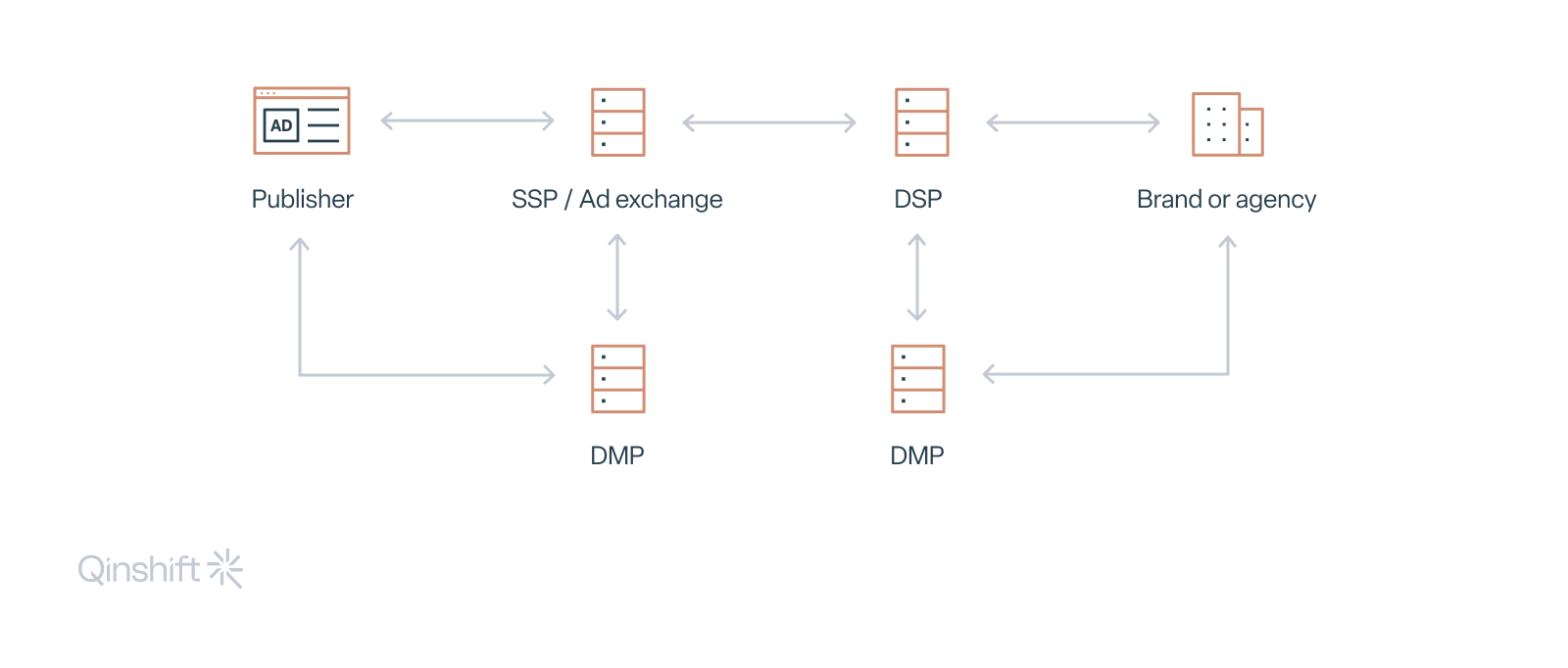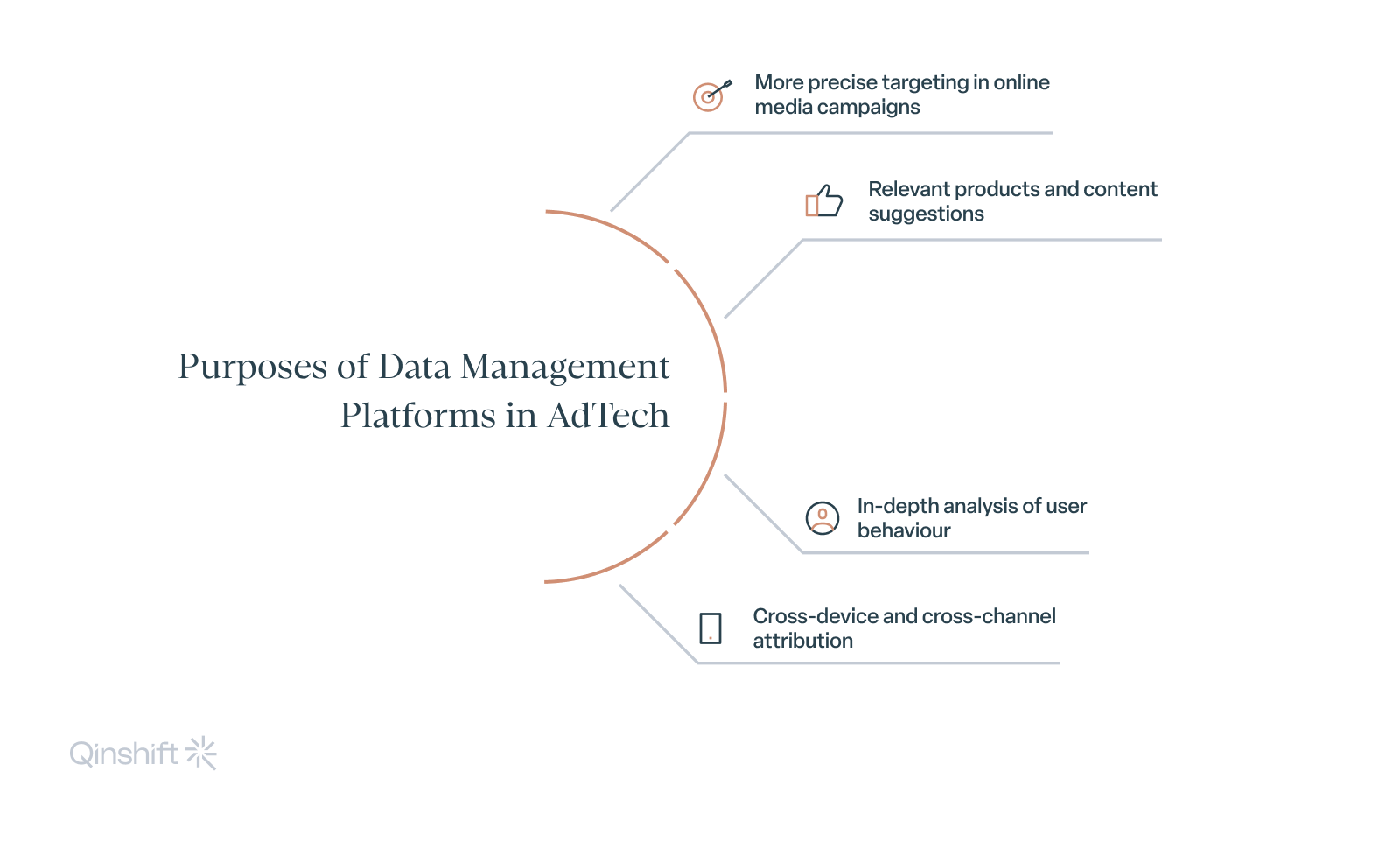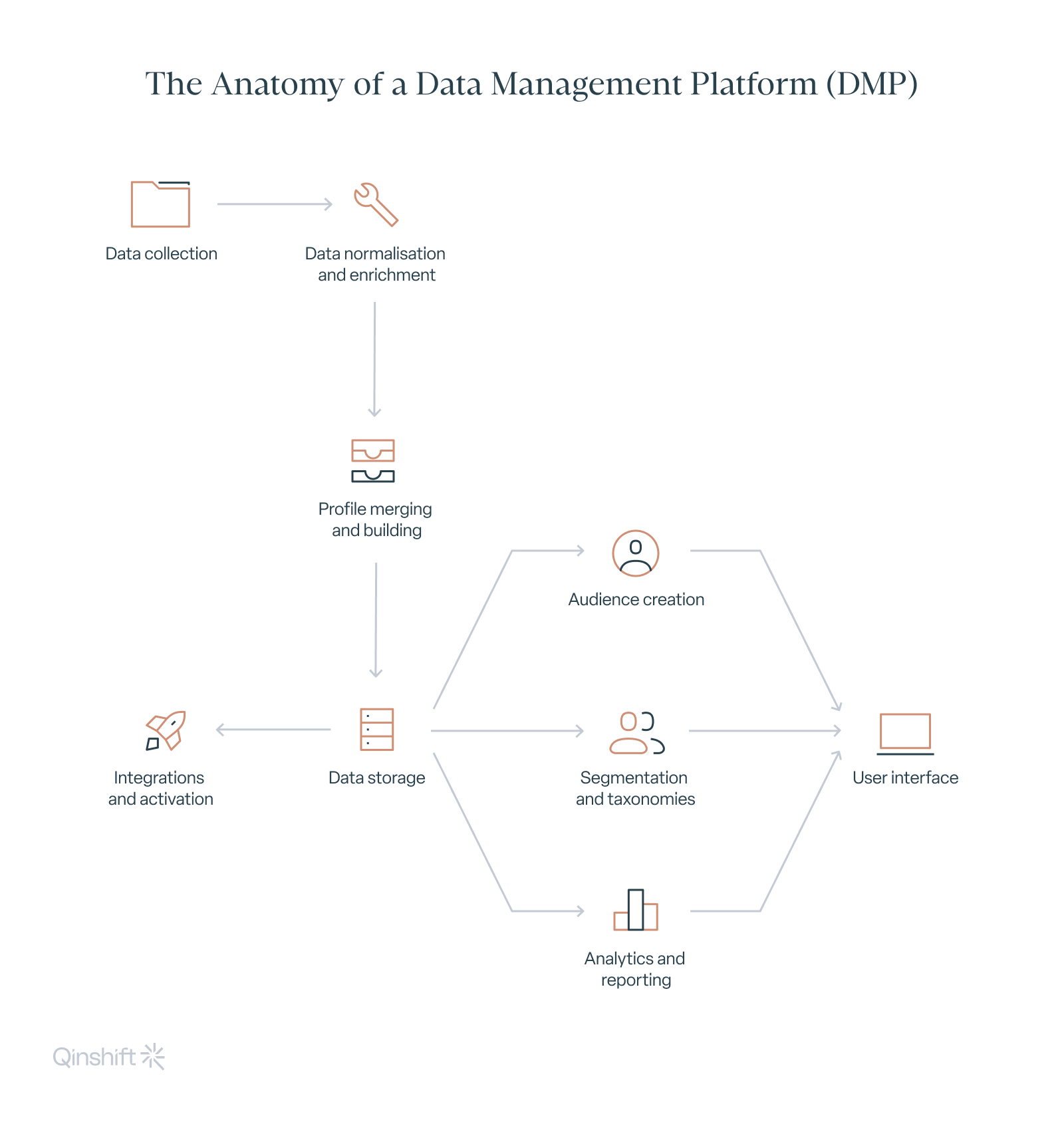What Is a Data Management Platform (DMP) and How Does It Work?

In the world of digital marketing, a world ruled by data, there are many tools to collect valuable information.
One of them is the data management platform (DMP), which specialises in collecting third-party data for advertising purposes.
By reading this article, you’ll learn:
- what DMPs and other data collection solutions are,
- how a DMP works and what kind of data it collects,
- what the future holds for DMPs.
Key Points
- The data management platform is a piece of software used mainly by marketers to collect and activate third-party data.
- DMPs help segment and activate data for advertising purposes, such as ad targeting, user profiling, lookalike modelling, as well as content and product recommendations.
- Key industry DMP vendors are winding down their DMPs, as data management and collection practices shift towards solutions prioritising privacy and security.
What Is a Data Management Platform (DMP)?
A data management platform (DMP) is a centralised data hub for organisations who want to collect, organise, analyse, report on, and activate a great deal of data from various sources.
DMPs provide professionals with a unified and comprehensive data view. The primary purpose of these platforms is to support making informed decisions and optimising business performance.
As the advertising industry — namely advertisers, publishers, and AdTech vendors — has always aimed to collect loads of data for targeting and personalisation purposes, DMPs have helped them manage their activities.

What Is the Purpose of a Data Management Platform in AdTech?
DMPs support data-driven ad strategies like segmentation.
Advertisers mainly utilise data management platforms to enhance the targeting of online media campaigns. However, DMPs are also helpful to publishers who wish to monetise their advertising inventory or customise websites and mobile applications by suggesting relevant products and content.
Finally, with DMPs, marketers can conduct an in-depth analysis of user behaviour along with cross-device and cross-channel attribution.

What Is the Difference Between Various Platforms for Data Management?
In the context of data management solutions, you’ll come across three types of platforms: CDP, DMP, and CRM. Here’s how these platforms differ from each other.
The customer data platform (CDP) is the most advanced among the trio of data platforms. It’s characterised as a marketing system that arranges a company’s customer data from various channels, facilitating customer modelling and enhancing the precision of message timing and targeting. CMPs mainly collect first-party data. A sales team with limited data integration typically manages the platform.
In contrast, a data management platform (DMP) focuses more specifically on advertising and customer segmentation. The software manages data flow in and out of an organisation, utilised to support advertising strategies such as segmentation. A DMP uses third-party data stored temporarily, creating an audience-based persona.
Lastly, customer relationship management (CRM) systems address four key segments: sales, marketing, customer service, and digital commerce. Businesses use CRMs to optimise revenue and profitability while fostering customer satisfaction and loyalty.

To gain a full context, we need to understand that not all data is the same. Each piece plays a different role for advertisers and publishers. There are three types of data:
- First-party data
Because first-party data is gathered directly from consumers, it holds the most value for publishers and marketers. Professionals use this kind of information to upsell current clients on goods and services as well as turn site visitors into consumers.
- Second-party data
Data gathered by one business and sold or exchanged to another is known as second-party data or partner data. Second-party data gives companies and advertisers access to a previously undiscovered pool of potential consumers.
- Third-party data
Third-party data ranks last in terms of value. Nevertheless, it enhances marketing and advertising by reaching a far larger audience. Third-party data may include a user’s browsing history, interactions with content, purchases, personal data (such as age or gender), geolocation, and much more. The actual value comes from further data enrichment, segmentation, and activation.
How Does a Data Management Platform Work?
All DMPs collect, segment, and activate data — in that order. However, to perform these processes, the DMP must first integrate with various AdTech and MarTech platforms, including:
- Demand-side platforms (DSPs)
- Supply-side platforms (SSPs)
- Customer relationship management (CRM) systems
- Ad exchanges
Communication between DMPs and SSPs or DSPs allows advertisers and publishers to optimise the performance of their ads by increasing the audience targeting capabilities.
There are two ways to integrate a DMP with other platforms:
1. directly by integrating server-to-server or via an API;
2. by adding a tag, commonly known as a JavaScript snippet or HTML pixel, onto the website of an advertiser or publisher.

What Are the Functionalities of a DMP?
DMPs play a crucial role in digital marketing, being engaged in a variety of activities.
Below you’ll learn about the main functionalities of these platforms.
Ad targeting
DMPs help create audience segments and personalised ad campaigns for specific users, such as showcasing car advertisements to individuals expressing interest in purchasing a new vehicle.
User profiling
DMPs can create user profiles using datasets, such as user interests and behaviours. Profiles can be manually created or automatically generated through machine learning algorithms.
Lookalike modelling
DMP users can identify new clients who exhibit behaviours similar to current customers and create precise targeting in ad campaigns for them.
Business insights
Another DMP feature helps uncover new information about customers and services through data analysis. DMPs can be integrated with external data systems for user attribution or interactions with online product analysis.
Content and product recommendations
Marketers can leverage DMP recommendations to craft personalised user experiences.
What Is the Future of DMPs?
DMPs have been popular since the 2000s. However, in 2024, industry-leading DMP vendors such as Adobe, Salesforce, and Oracle are already closing up shop on their platforms because data management and collection disciplines are evolving towards privacy-securing solutions.

